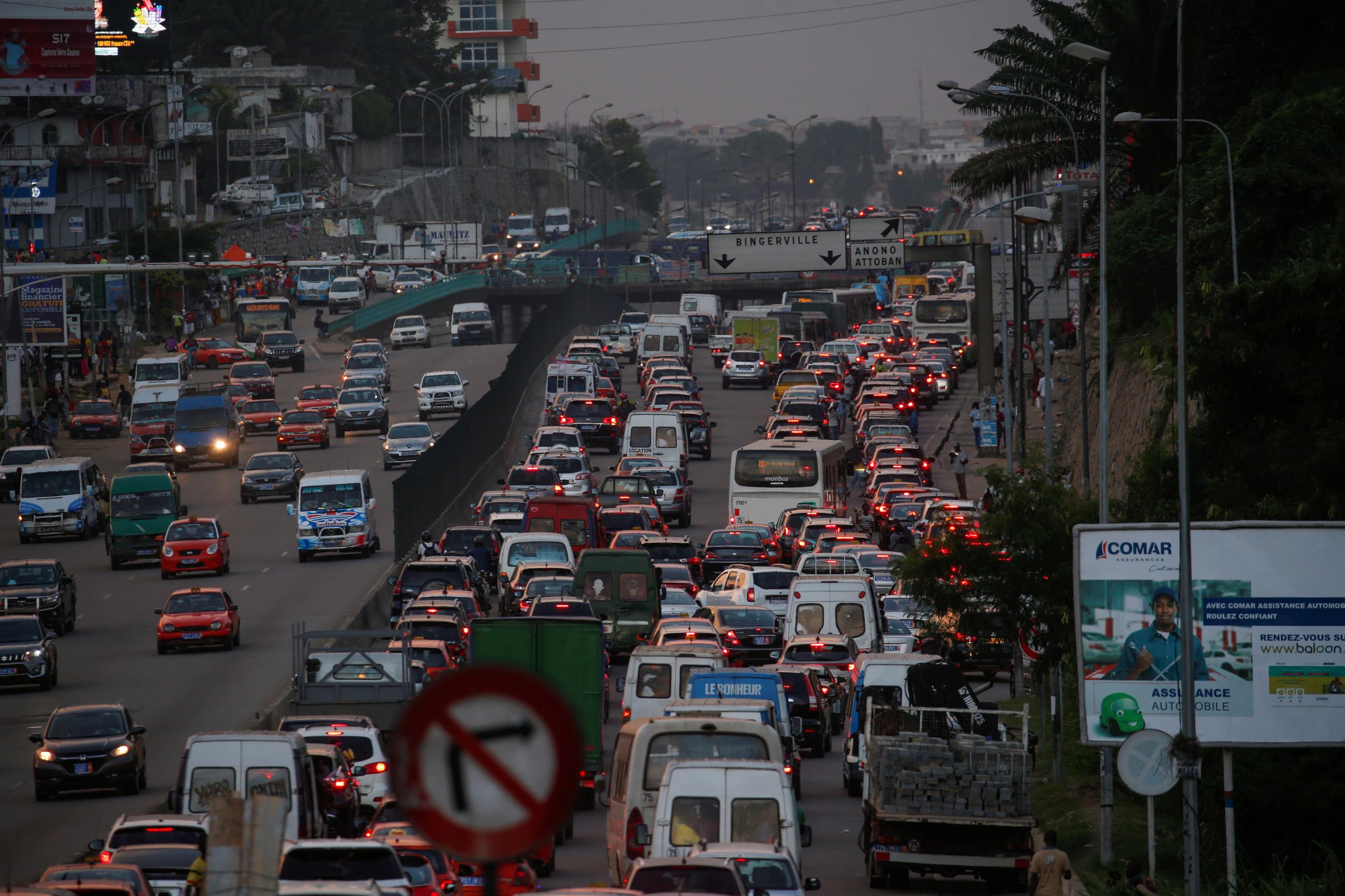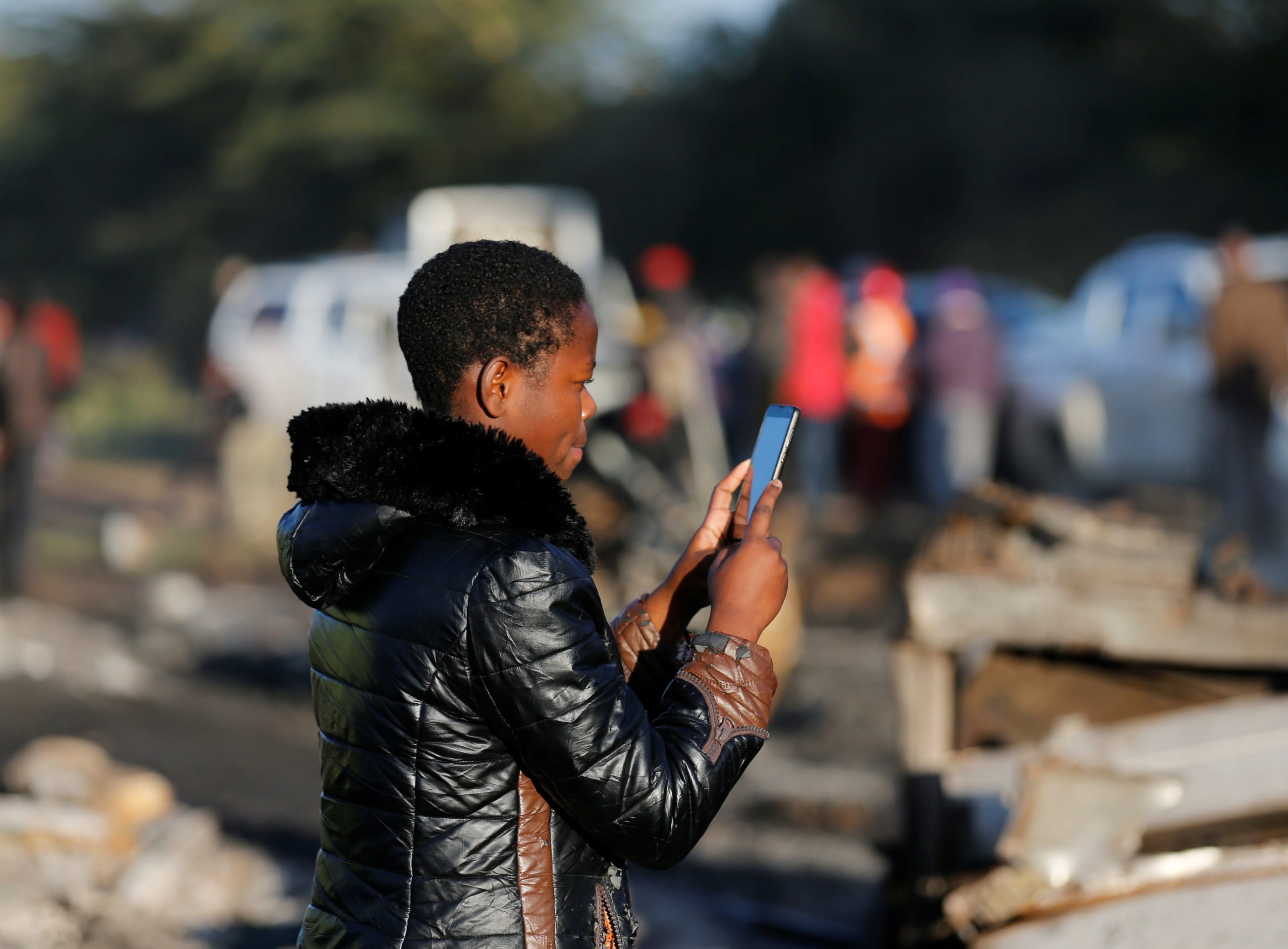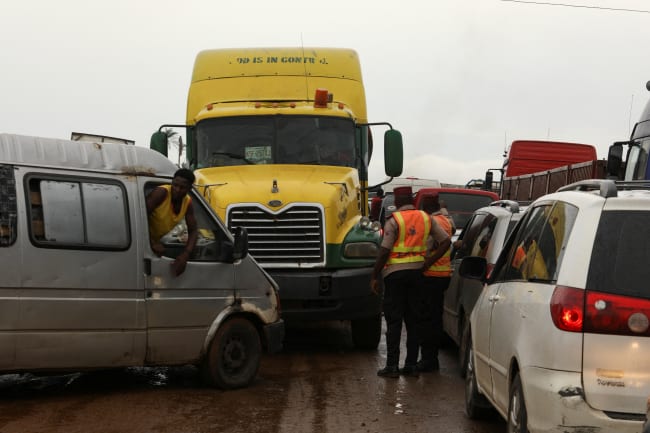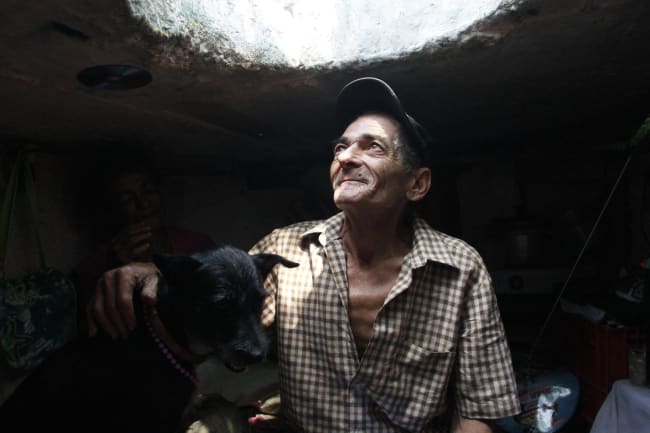On February 24, 2024, a collision between a truck and three smaller vehicles resulted in the loss of 25 lives on the Arusha-Namanga highway in northern Tanzania. In the days that followed, disturbing footage of the wreckage and crowds searching for survivors spread rapidly across social media. President Samia Suluhu Hassan responded to the tragedy by extending her condolences to the families of the victims and instructing security agencies to intensify efforts to ensure compliance with safety regulations on the roads.
This crash, however, is not an isolated event. The rapid motorization of African countries has outpaced the development of infrastructure, regulation, and enforcement to support it, leading to a growing trend of road accidents across the continent. Enhancing road safety and curbing fatalities from road traffic crashes in Africa should be an urgent priority, beginning with the need to improve education for motorists and motorcyclists. Motorcycles account for as many as 70% of road traffic crashes in Africa, according to the FIA Foundation, and the number of motorcyclists is expected to grow from 22 million to 80 million by 2030.
Africa's road traffic accidents touch all walks of life. Another collision in February of this year, this time in western Kenya, claimed the life of world marathon record holder Kelvin Kiptum; in November 2023, an overloaded truck lost control in northern Nigeria, killing 25 people. In 2021, nearly a quarter million—225,482—motorists and pedestrians were killed on African roads. Africa had a road traffic fatality rate of 19 deaths per 100,000 people relative to 7 per 100,000 in Europe, despite having less than 3% of the world's vehicle fleet. As of 2019, road traffic crashes were the ninth leading cause of death in the continent and will likely to continue to surge unless efforts to promote road safety standards for drivers and vehicles are adopted.
The rapid motorization of African countries has outpaced the development of infrastructure, regulation, and enforcement to support it
Access to driver education and training in Africa is currently limited, which partially contributes to the incidence of road traffic crashes. Efforts should focus on expanding access to high-quality driver education programs that include tutorials on vehicle control, understanding traffic signs and signals, and reacting in emergencies. The Motorcycle Safety Institute has spearheaded such an educational initiative in South Africa, successfully training more than 4,100 motorcycle operators in safe driving practices since November 2015, for example.
Education alone will not be enough, however. Laws also need to be drafted, enacted, and enforced to promote safe driving practices.
Risk Factors
Alcohol consumption is another significant risk factor for car crashes across the continent, but only eight African countries have passed national impaired-driving laws that mandate a blood alcohol limit of less than 0.05 grams per deciliter for drivers—the level recommended by the World Health Organization.
Even in countries with existing impaired-driving laws, enforcement of sobriety regulations remains inadequate. A 2021 study from Tanzania revealed that 66% of car drivers and 52% of motorcyclists involved in accidents were under the influence of alcohol. Another study showed a fivefold increase in the odds of injury with any alcohol use, especially among motorcyclists. In addition to expanding impaired-driving legislation, investing in police forces will be essential to law enforcement along with penalties such as jail time and license suspension for violations.
A strengthened traffic police force could also improve enforcement of other road safety laws, including ensuring that all drivers have a valid driver's license and adhere to speed limits, mandating helmet use for motorcycle drivers, and preventing passenger and cargo overloading in buses and trucks—a factor known to contribute to crashes like the one in Nigeria last year.
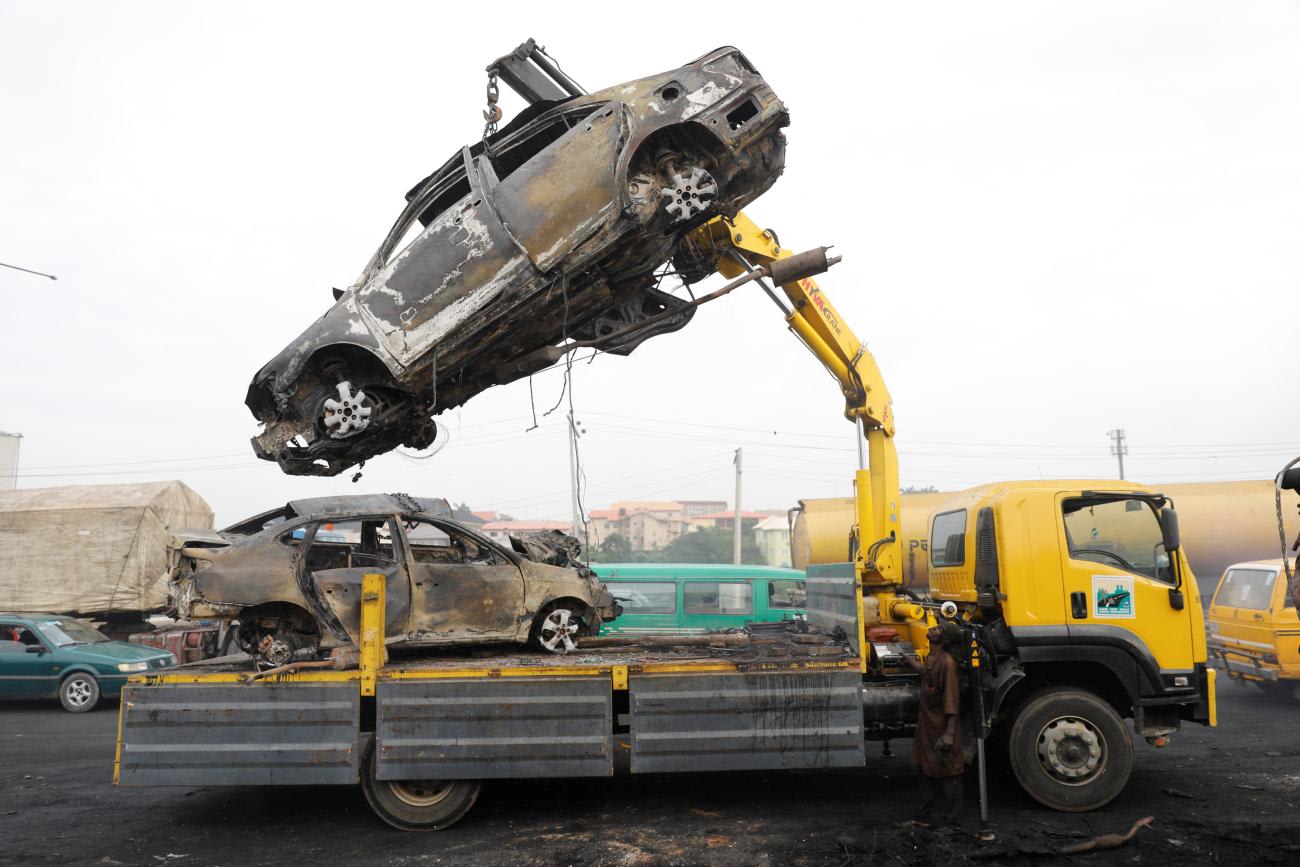
Infrastructure Development
Another crucial step is prioritizing investments in infrastructure. Presently, only some 30% of road networks in Africa are paved, and pedestrian-safe infrastructure remains underdeveloped, fostering hazardous driving conditions. Development in Africa is impeded by resource constraints, an investment gap that exceeds $100 billion annually. In the past decade, donations from Bloomberg Philanthropies and investments from China's Belt and Road Initiative have facilitated infrastructure advancement on the continent. The construction of the six-lane Nairobi Expressway that traverses the heart of Kenya, is one example of such investment, but further funding is needed to expand safe infrastructure.
Other high-income countries could fund initiatives to develop paved roads, traffic signals, designated motorcycle lanes, and intersections to enhance vehicular safety and improve pedestrian amenities such as well-lit walkways to improve mobility. Policy interventions could also be made to ensure safety features in African vehicles, including active brake systems, automatic collision avoidance technology, and airbag installations. To establish safety benchmarks and criteria for vehicles imported to the continent, the United Nations launched the Safer and Cleaner Vehicles for Africa Project. Initiated in 2020, the project is expected to avert road traffic injuries and reduce air pollution associated with used vehicles in African countries.
Health systems also need to be strengthened to enhance care for the injured. Historical prioritization of primary services for communicable diseases including HIV/AIDS, tuberculosis, and malaria has resulted in significantly underdeveloped prehospital and emergency care services, especially in rural areas of the continent.
As true of infrastructure development, health-care systems have also struggled with limited funding
As true of infrastructure development, health-care systems have also struggled with limited funding, and many African countries cannot afford to enhance their emergency care capacities. That challenge, however, could be overcome by strengthening in-country health financing systems with support from high-income countries. This could involve adopting successful financing models such as Rwanda's community-based health insurance scheme, which pools funds from various stakeholders including citizens, the government, and international organizations. Increased funds would be used to establish effective postinjury care, prehospital treatment for injuries, and expand ambulance services for road traffic injury victims. Improving access to high-quality emergency and trauma surgery will necessitate building trauma centers to provide neurosurgery, orthopedic services, general surgery, advanced diagnostic imaging, and comprehensive rehabilitation services.
The recent and tragic road traffic fatalities in Tanzania and other sub-Saharan countries are a reminder of the urgent need for comprehensive and sustained efforts to prevent and treat road traffic accidents and injuries in Africa. Through education, legislation, strategic investments in infrastructure and emergency care, tangible progress can be made toward creating safer roads and saving lives across the continent.
